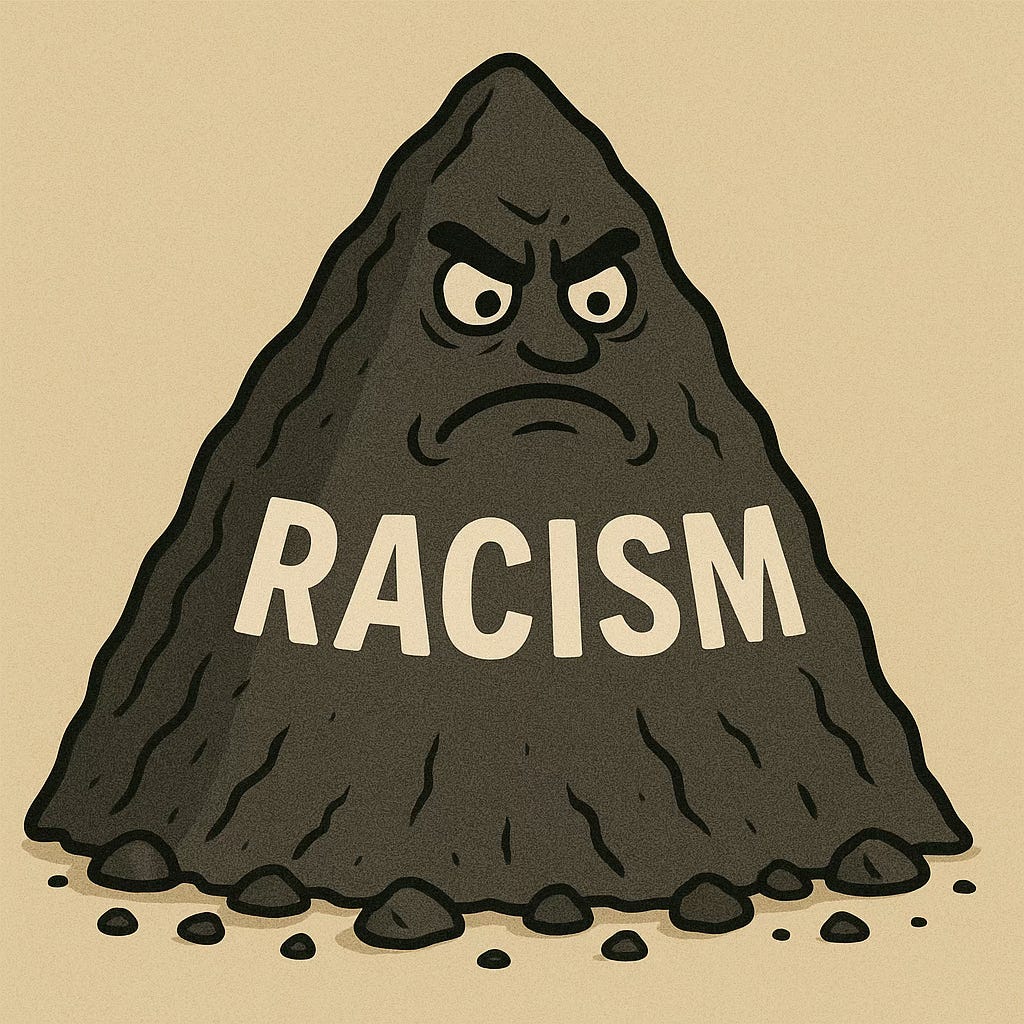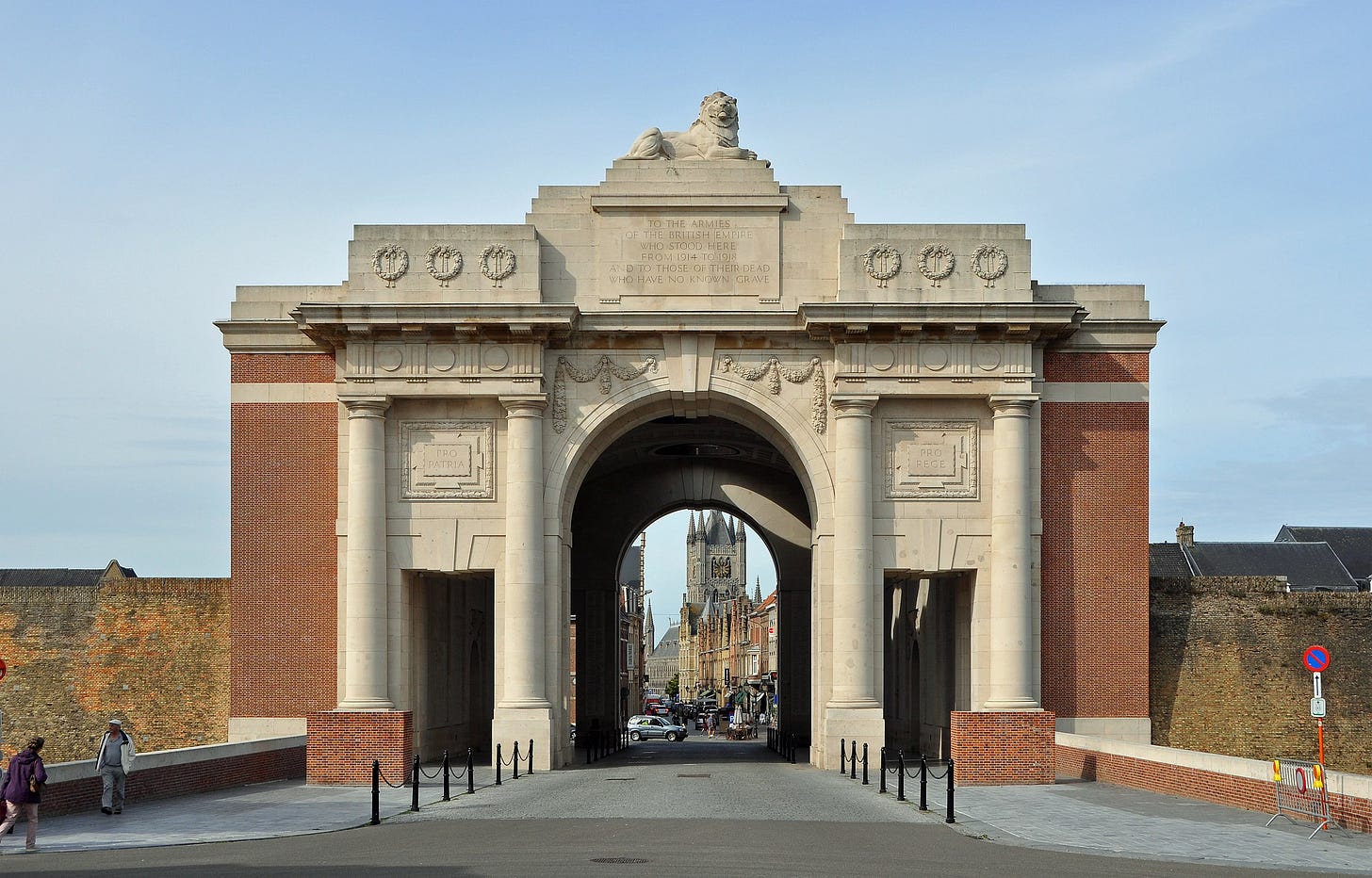Building a Racist Mountain
...out of a colonial molehill
This weekend’s Sunday Telegraph carried a report that “[t]housands of British colonial troops who died in the Second World War are to be commemorated properly for the first time after an official report into how they were forgotten” (Richard Palmer, “Forgotten fallen: colonial troops killed in action honoured at last”). Happily, the report does not suggest that the reason for the ‘neglect’ of colonial troops was racism. Many, however, assume that that was the reason. In an article published by Unherd, I explained why that assumption is largely wrong. Here is what I wrote:
“It’s apartheid in death. It is an absolute scandal”. Thus, David Olusoga, an historian at the University of Manchester, greeted the revelation that up to 54,000 Indians and Africans who died in the service of the British Empire during the First World War had been commemorated “unequally”, and at least a further 116,000 had not be commemorated either by name or at all. The discovery was made public in the recent report of the Special Committee to Review Historical Inequalities in Commemoration, which had been set up by the Commonwealth War Graves Commission. This attributed the unequal treatment ultimately to “imperial ideology”, that is, “the entrenched prejudices, preconceptions and pervasive racism of contemporary imperial attitudes”. The fateful phrase ‘pervasive racism’ was then picked up and broadcast by the press from the Guardian to the Times, and by television stations from the BBC to Al Jazeera. Casual onlookers could readily be forgiven for walking away confirmed in their conviction that British colonialism was essentially racist, and that the sooner the British ‘decolonise’ themselves, the better.
Yet closer inspection reveals a very different story. The report makes clear that the Imperial War Graves Commission (as it was known then) was committed to the principle of the equal treatment of all the Empire’s fallen troops in the commemoration of their sacrifice, whatever the colour of their skin. Writing in 1926, the Commission’s founder, Fabian Ware, was unequivocal: “all the soldiers of the Empire should be treated alike”. The report also makes clear that this principle was consistently realised in Europe. This can easily be confirmed by a visit to the Menin Gate, where the names of Indians with no known grave join British ones in cascading down the walls, or to the cemetery at Noyelles-sur-Mer, where the burials of members of the Chinese Labour Corps are marked by individual headstones, just like those of British soldiers elsewhere.
Outside Europe, however, this egalitarian policy was sometimes compromised. Many Indian and African casualties were commemorated, not with individually marked graves, but collectively with their names inscribed on memorials or, if missing, in memorial registers. Other, mainly East African and Egyptian personnel received no commemoration by name and perhaps none at all. This deviation from the norm in Europe, the Commission’s report tells us, was due to “problems largely born out of distance, communication, local conditions, and on-going instability”.
Practical obstacles, however, were not always the reason for unequal treatment. There was also the view that, since most of the African dead came from peoples that were not accustomed to burying the deceased and so would not appreciate marked graves, they should be commemorated on collective memorials. Thus, F. G. Guggisberg, Governor of the Gold Coast, said in May 1923 that “the average native of the Gold Coast would not understand or appreciate a headstone”.
The report’s comment on this and similar perceptions is stern: “Sweeping judgements such as these, which chose to ignore the intricacies of faith, culture, and customs in Africa outside Christian and Islamic traditions, played a significant role in shaping the IWGC policies that led to unequal treatment”. Worse, they were not just innocently sweeping, for their failure to do justice to cultural particularities was rooted in an “overarching imperial ideology” that was based on ideals of progress and civilisation that generated hierarchies of race and religion. Here, then, is where ‘pervasive racism’ is supposed to appear.
Keep reading with a 7-day free trial
Subscribe to The Biggar Picture to keep reading this post and get 7 days of free access to the full post archives.



